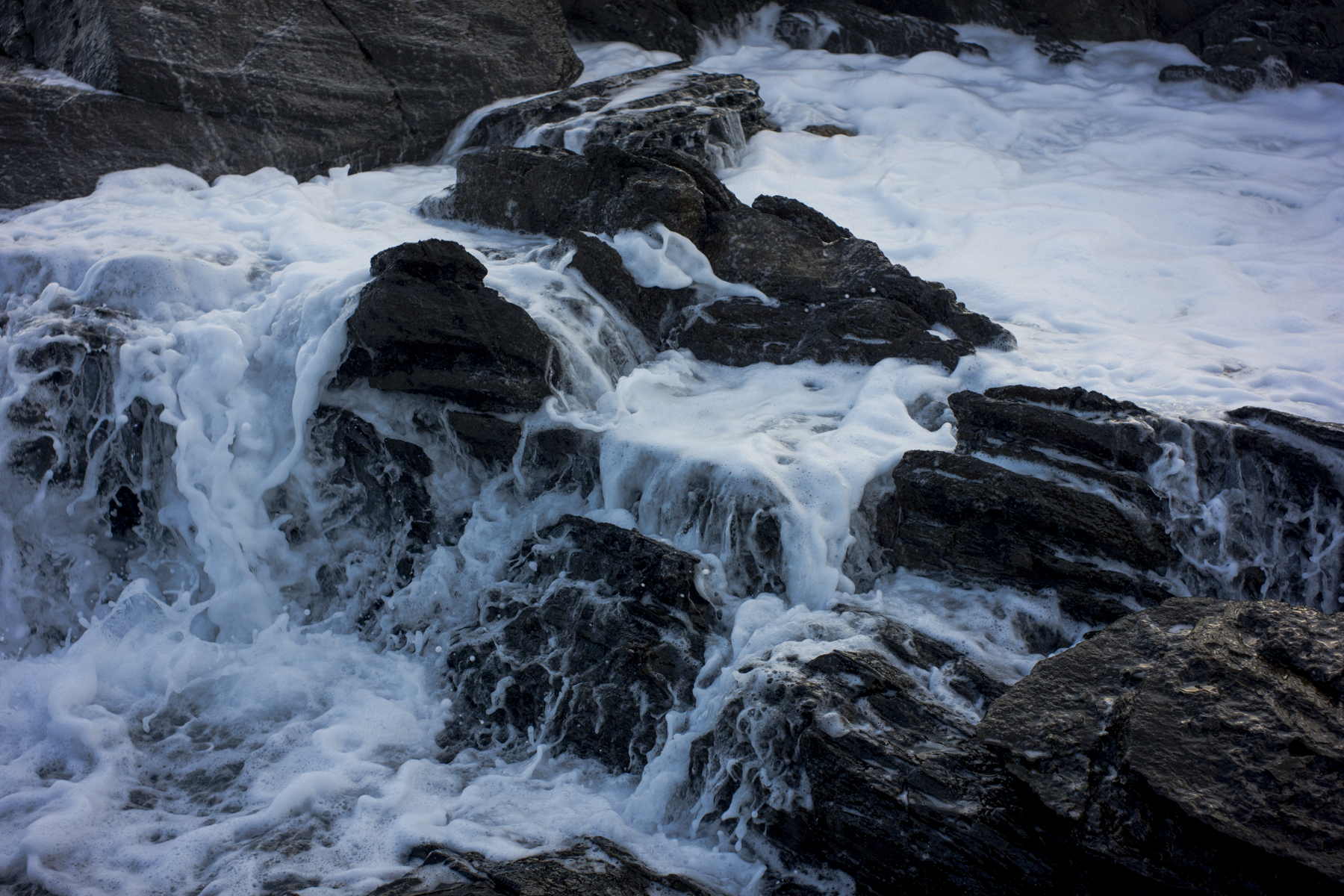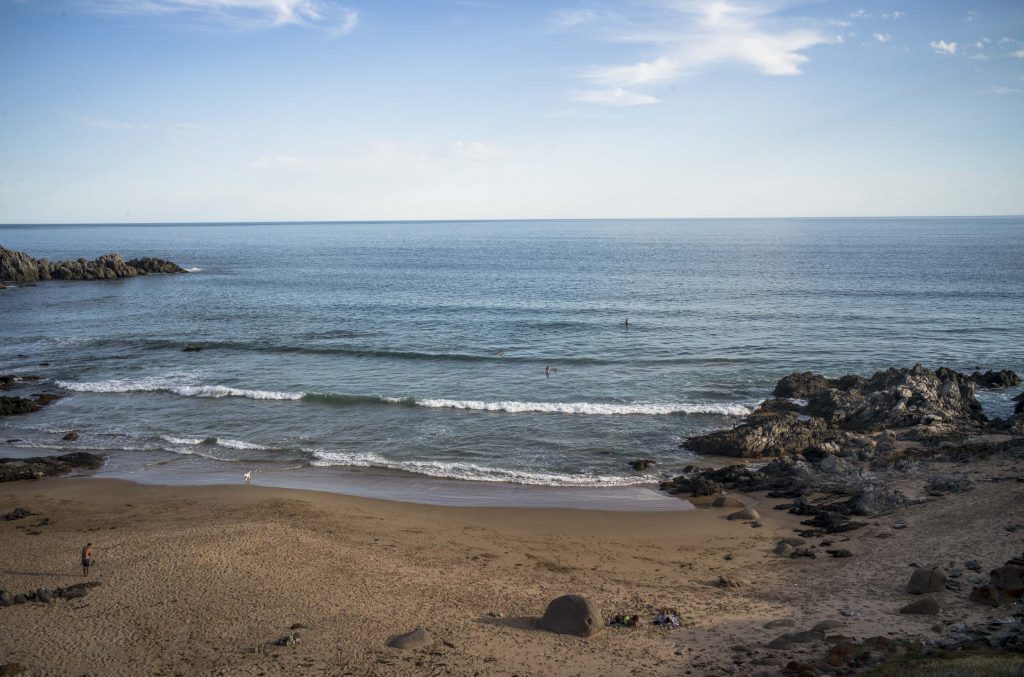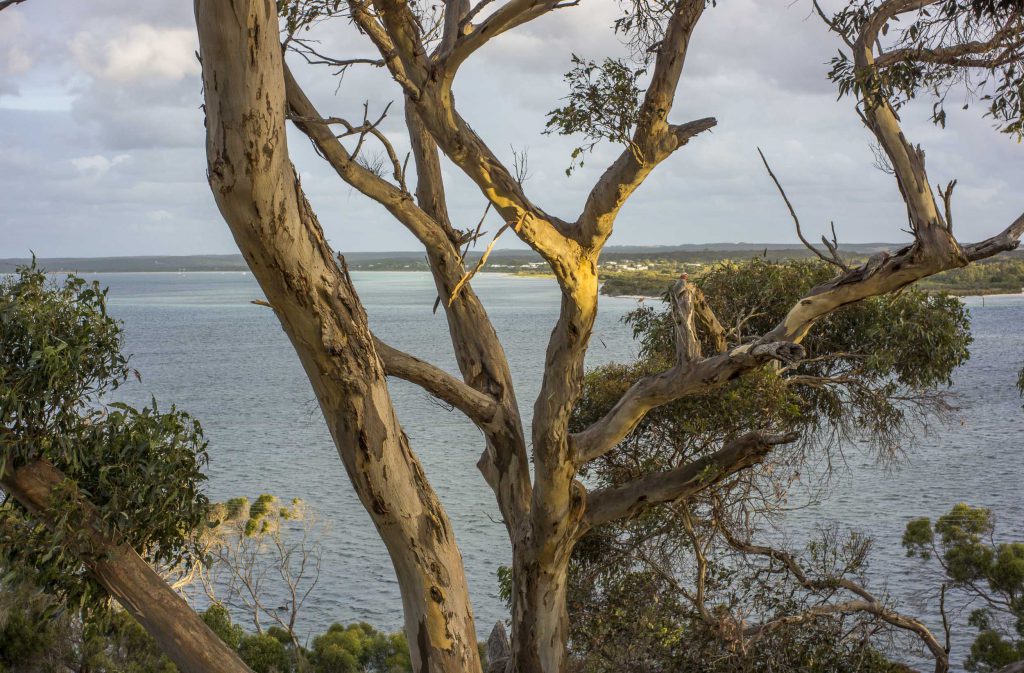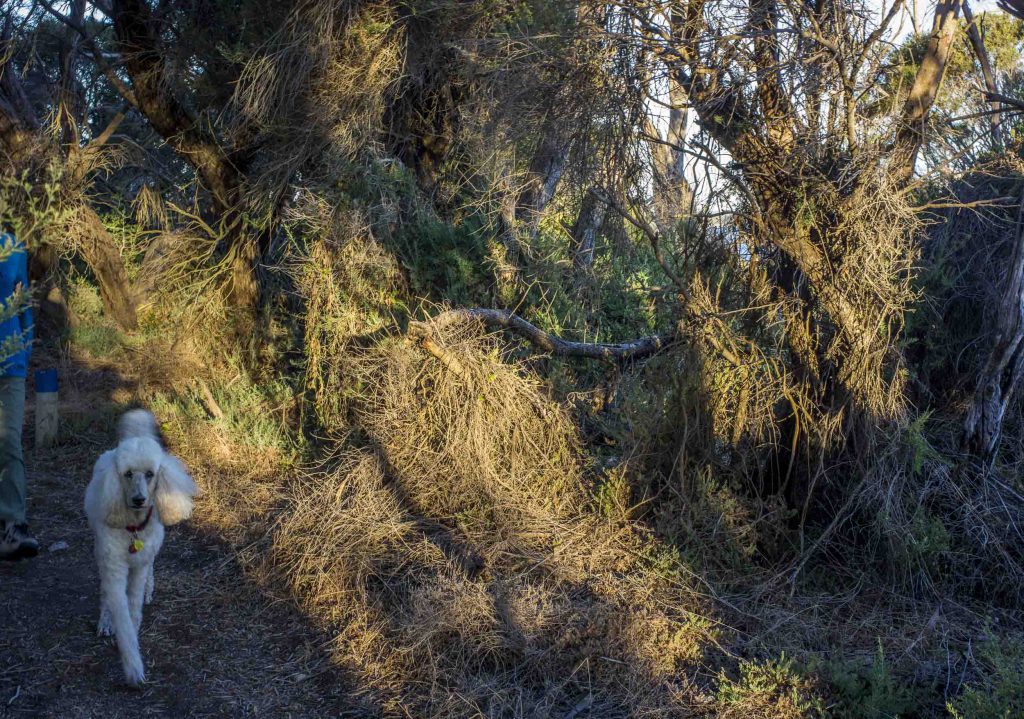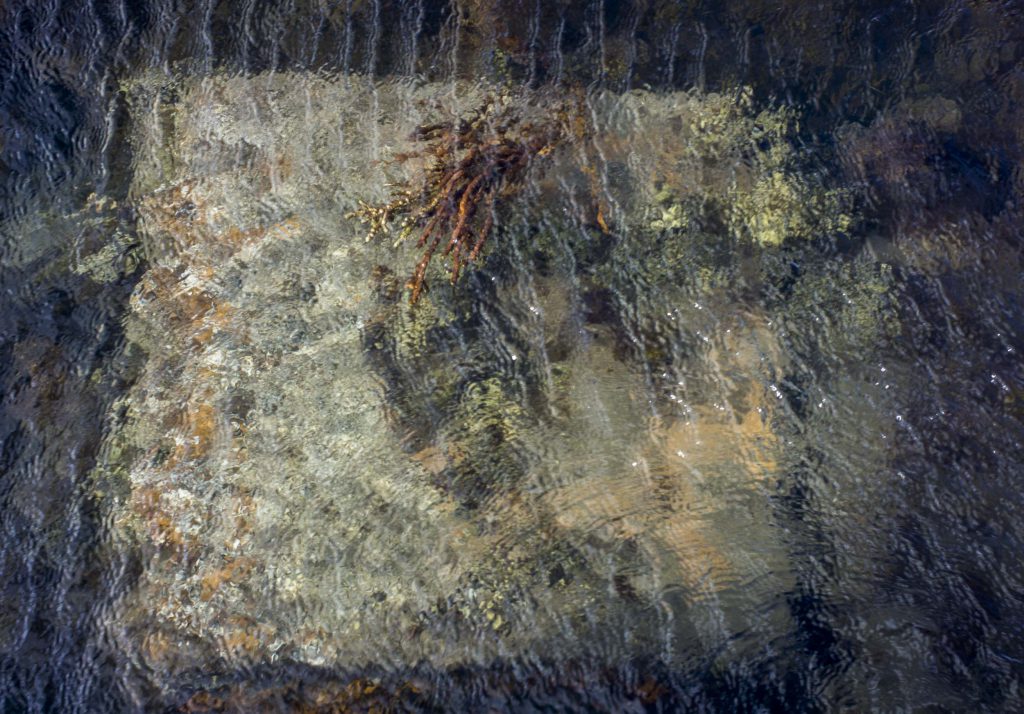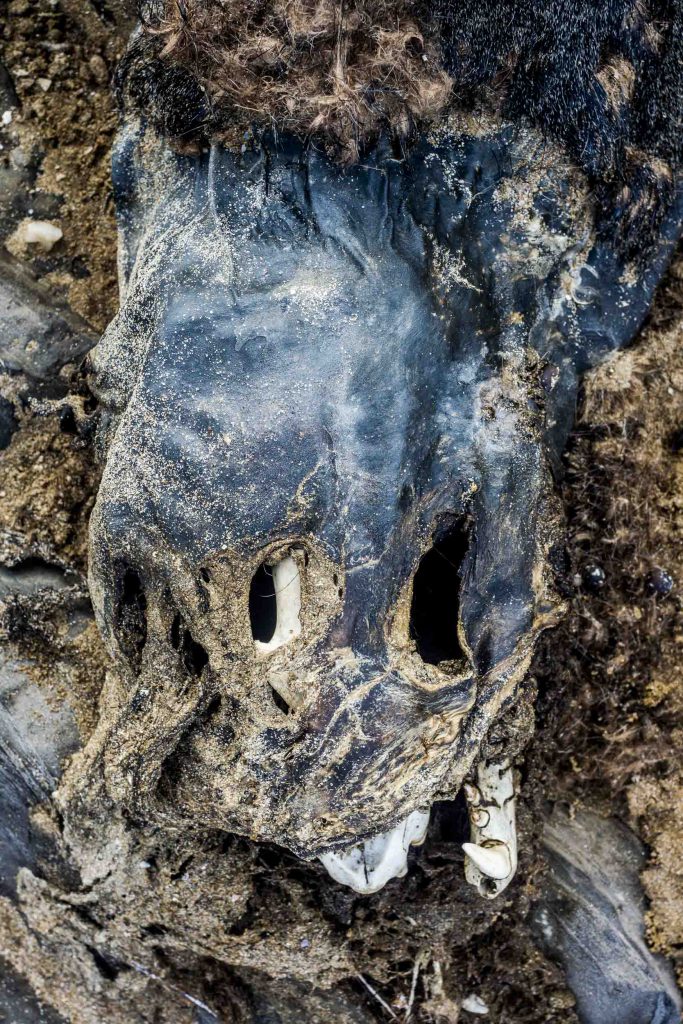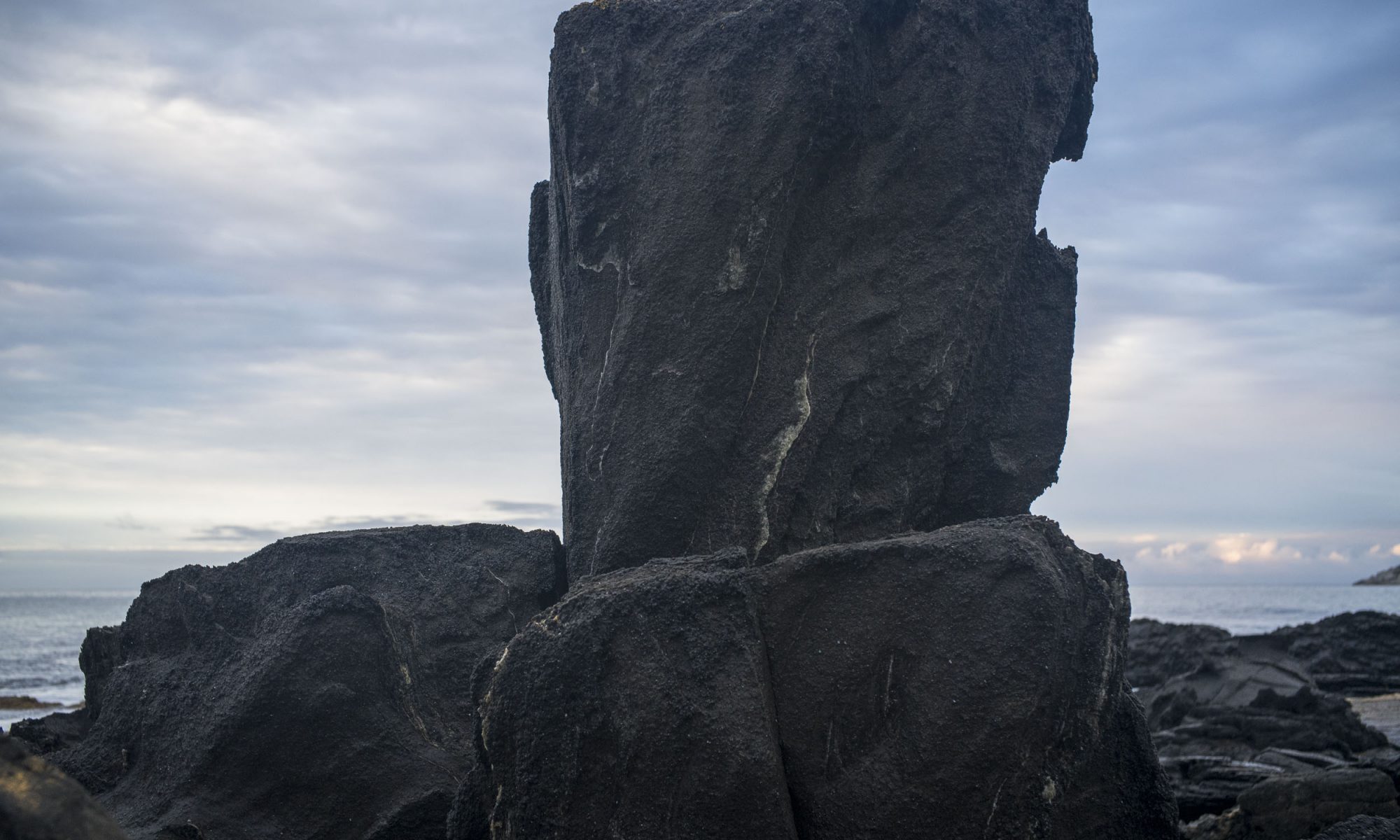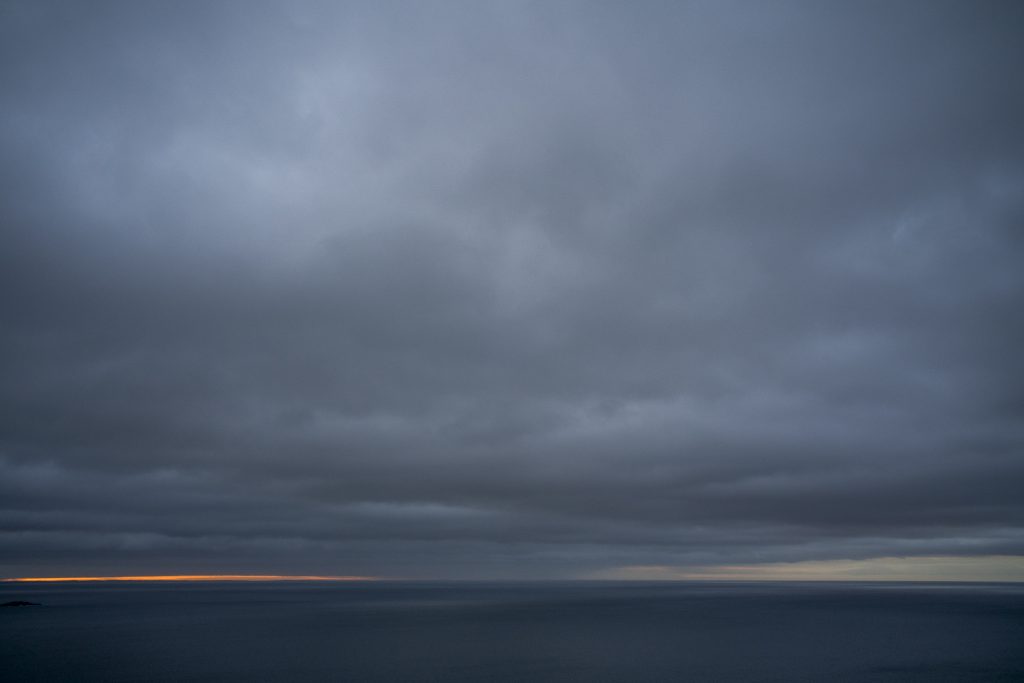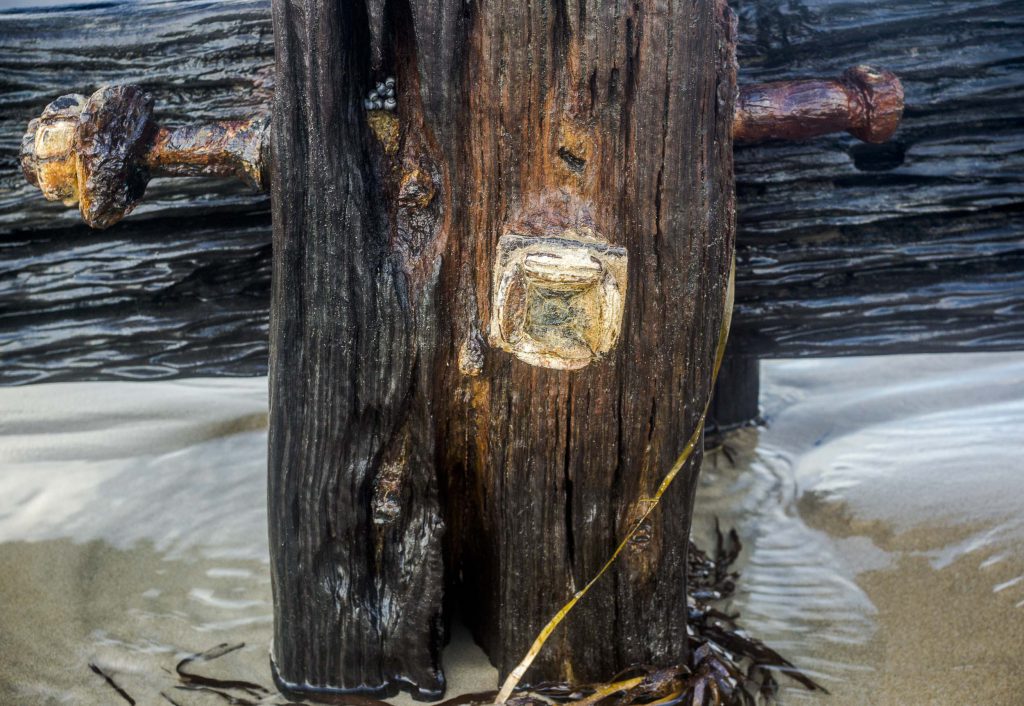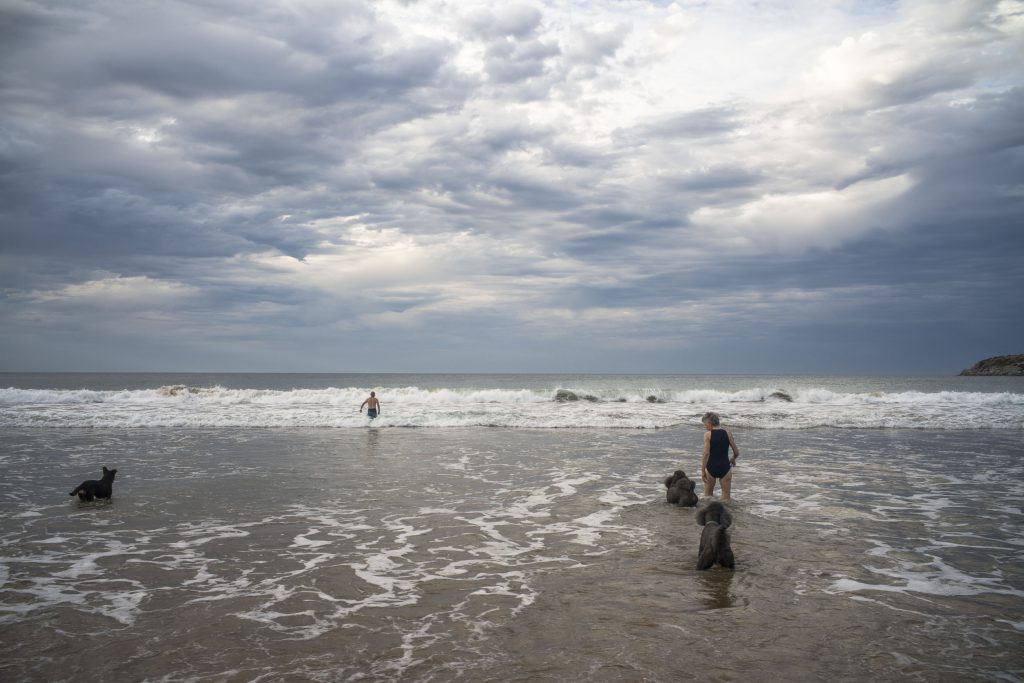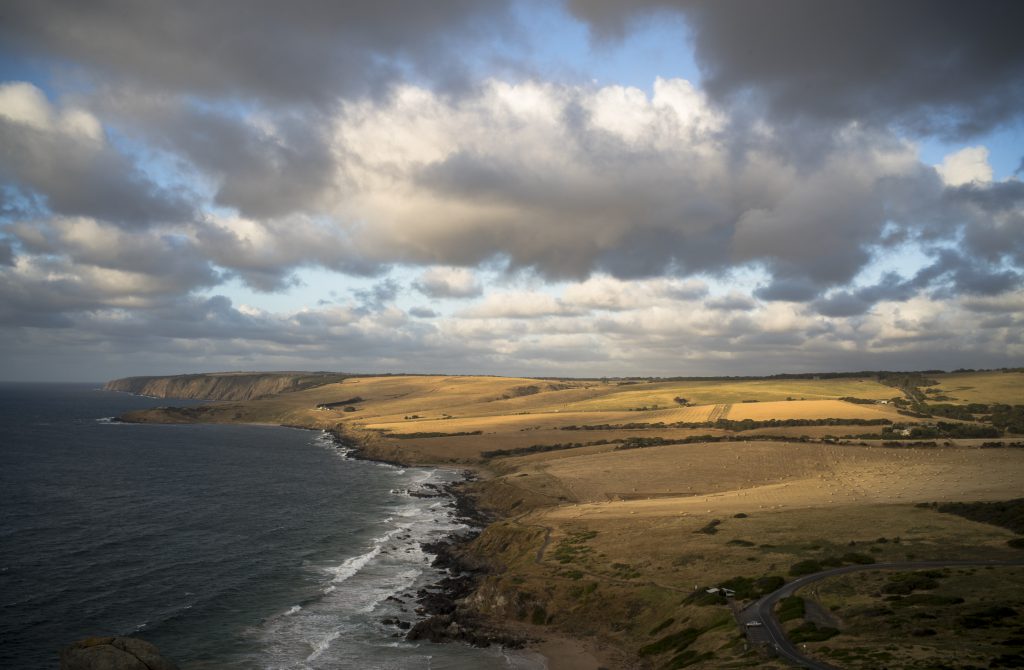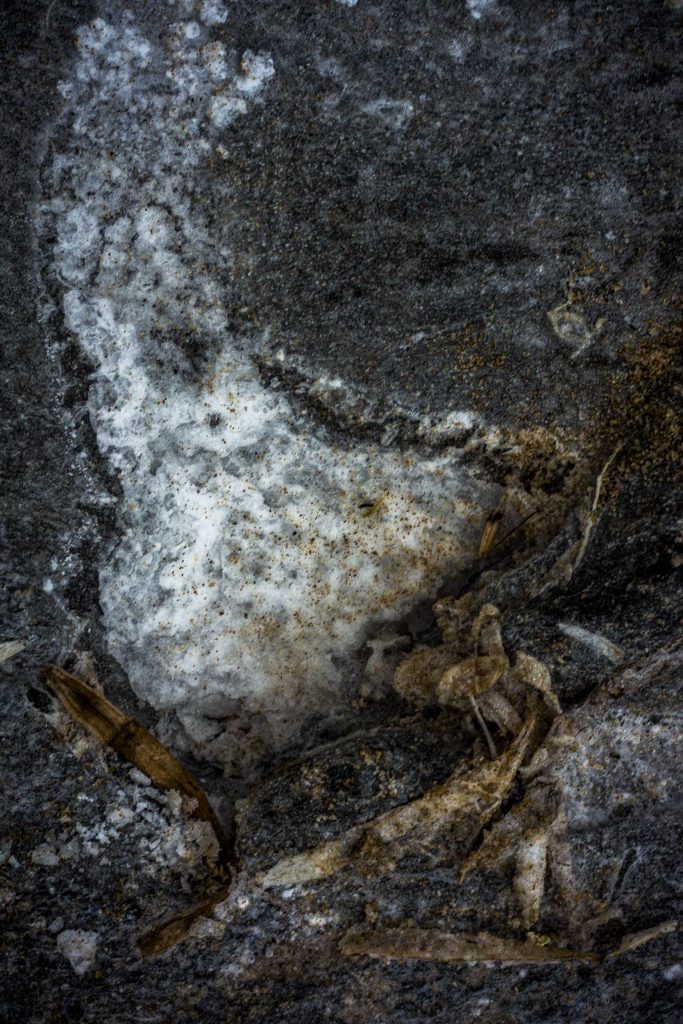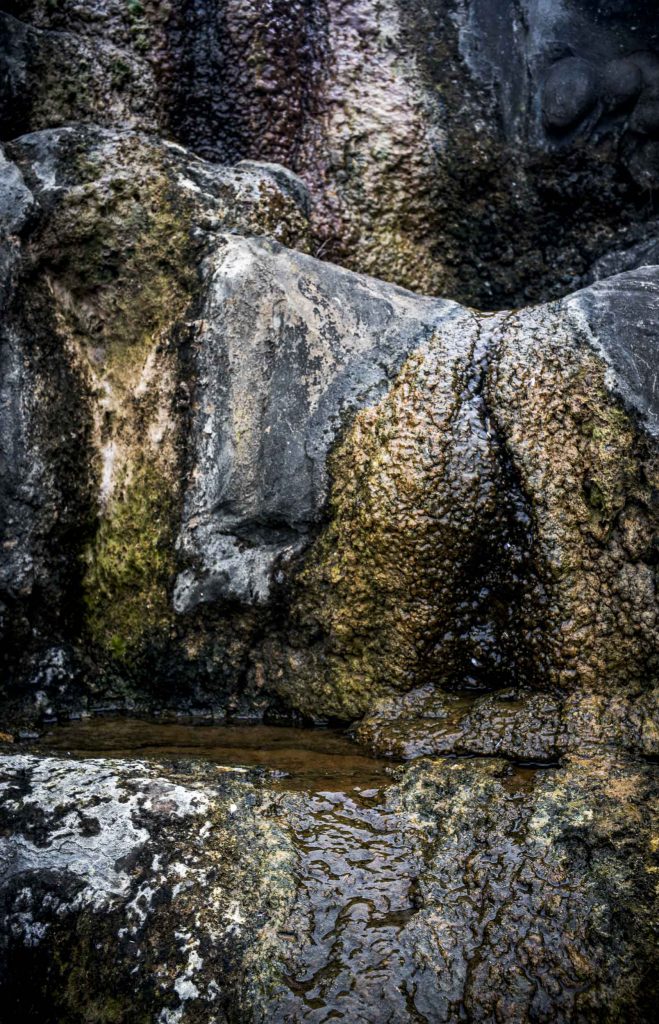An icy cold snap with lots of rain and bitterly south westerly winds hit the southern Fleurieu Peninsula of South Australia in late May/early June. It has been extremely cold when the sun has gone missing, with the cold snap lasting a fortnight or more. Though there have been the occasional days with sunshine, the rain and cold winds usually return the next morning. Consequently, walking with poodles is walking in the bracing wind and the rain:–rain walks.
The daily poodlewalks in early June included walking Rosetta Head ( Kongkengguwar ) in Victor Harbor so that I could photograph the sky, rain, sea and light. These photographs have usually been seascapes (as distinct from coastal), though I sometimes I have been photographing the clouds themselves.
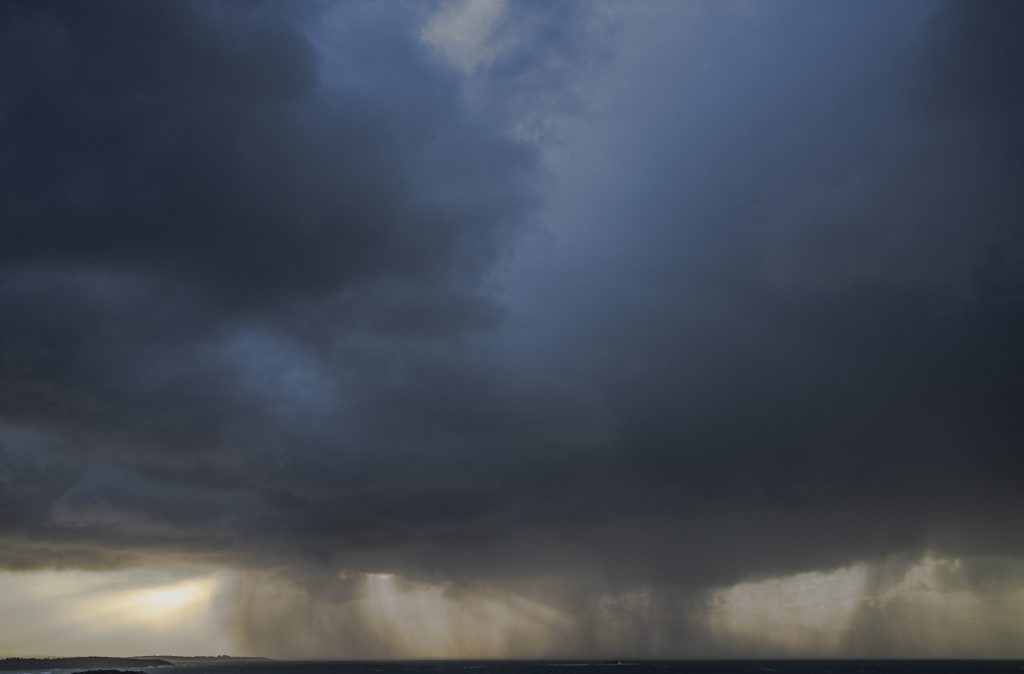
We have been walking Rosetta Head in the early morning before sunrise, as the weather has usually cleared by the late afternoon, with this occasion on the last day of May being a notable exception. The walking and photography in low pre-sunrise light works well with a hand held digital camera.
It is much more difficult with the large format camera and tripod, especially when it is a 5×7 monorail. Much more organization and planning is required, as I need to check out both the cloud cover and the direction of the wind to see if it is worthwhile carrying the camera equipment up Rosetta Head. If it is, then it is a slow walk and climb.
